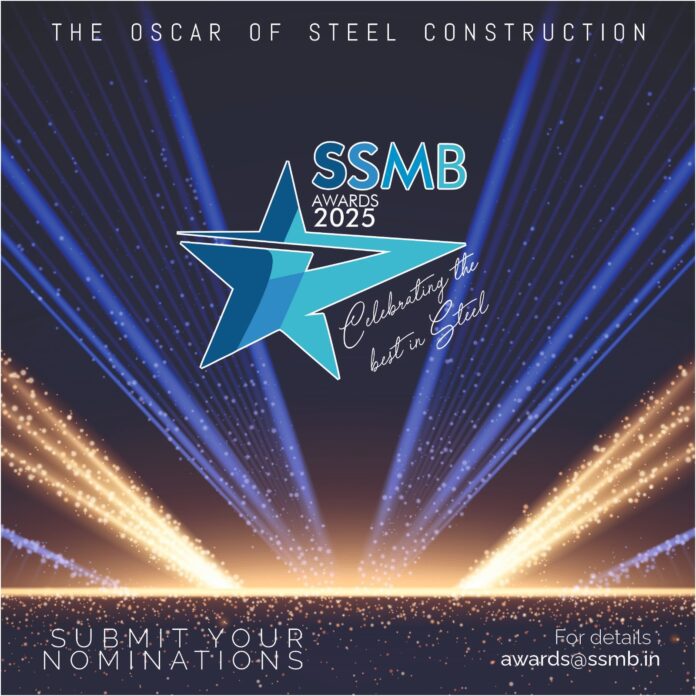An accomplished architect, leader, and versatile talent, Anand Sharma, Partner, Design Forum International, champions context-driven design. With a commitment to “People first,” he has delivered outstanding projects. In this conversation, he shares his thoughts on the trends of steel construction in India, the importance of feedback and more…
How do you balance aesthetics and functionality when incorporating steel elements into a design?
As architects, we are conscious of functionality but constructability is a key criterion. It is one thing to design an ambitious building and it’s another to not see it executed the way it was envisaged. Different materials have their own roles in the hands of the architect. When we research building materials, we want to strike a balance between aesthetics, ease of construction and versatility. Saving time and space is also key. In the last few decades, the emphasis has been on concrete and composite structures. Now, we have come to an era where steel is increasingly becoming the material of choice. In our case, for some niche and speciality projects versatility, lightness, and latitude take interesting forms without making the structure bulky. Another thing is the cost differential between conventional concrete and steel has come down considerably.
Can you provide examples of projects designed by you where steel was used creatively to enhance the architectural concept?
In the Dakshineshwar Skywalk in Kolkata and the ITO FOB in New Delhi, steel was the medium of expression both for construction and aesthetics. There is also an interesting project we are executing in Assam; it is a composite structure of steel and concrete. We have used steel extensively and quite creatively in the Guwahati International Airport. We are also working on the second terminal coming up at Patna. In this project, steel is a necessity for its large spans.

How do you ensure that the steel components align with the overall design intent and architectural style?
In conventional RCC structures, the conceptualisation starts at the architect’s table, goes to the structural consultant and thereafter immediately to the site execution to be handled accordingly. Steel, on the other hand, has shifted the onus of design partly to the contractors. From a linear method of construction at the site; it has become a parallel/concurrent process. Unlike concrete where the process has a single flow, part of the work can be outsourced to the fabricators so the work happens in tandem with the site and the fabricator. When there is collaboration between the architect and the fabricator, and the knowledge flow is constant; everybody becomes a stakeholder in the process.
In what ways does designing with steel impact construction timelines and costs compared to other materials?
Time and cost are different sides of the same coin. Public-funded projects must be executed quickly and with the way the economy is growing, private projects need to be done quickly as well. There is an increment in cost with steel construction but it is more than made up with the time it takes to construct. The transition from concrete to purely steel construction eventually brings in value and reduction in time. As earlier, since work happens parallelly, of course, there is a reduction in time.

How do you collaborate with engineers to ensure the structural integrity of steel elements in the design?
The primary design from the architect’s desk is taken many steps further by the main structural consultant; the contractor then designs the joints and interfaces which then come back to the consultant. So, this becomes a two-way interaction and sometimes it comes all the way back to us with value additions. There has been a significant change in the flow of information in the era of steel. The stakeholders are all. Value additions happen at all stages and the feedback mechanism ensures that the original intent is conveyed, improvised upon and eventually delivered on-site. It is a far more empowered ecosystem where the information flow is circular.

What is your opinion on the future of steel in architecture, considering emerging technologies and sustainability trends?
From a sustainability perspective, there is a tremendous benefit to the micro-climate of the construction site. RCC construction sites are inherently dust-producing, labour-intensive and require more space. Steel is primarily a technology-intensive method of construction and is far more calculation and model-oriented. It has given us the freedom to do far more on the desk. When new technologies come up, it helps everybody and innovations happen faster.




